History of the foundation in Ireland
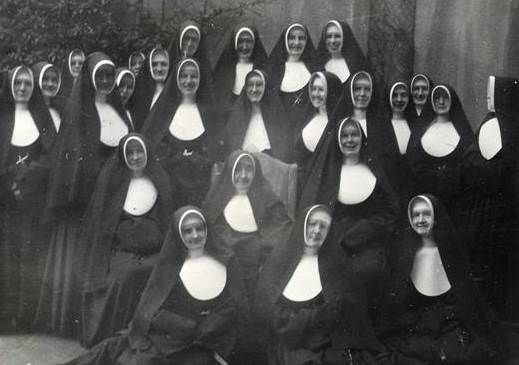
In this bicentenary of our Founders’ births a look through our archives shows references to Father Pernet and the beginnings of the Little Sister mission in Dublin.
The first community was in James’s Street in the centre of Dublin an area with much poverty and ill health.
In the archives there are some accounts of the early days, Mother Alban, one of the first group of 4 sisters wrote:
“A woman in Dublin, Mrs Clarke, was a friend with a Lady Servant in Paris, Mrs Vaughan, and she made the request for a foundation in Dublin. They were anxious to have the sisters in Dublin to work with the poor.
At the time there were many illnesses, such as typhoid, pneumonia, pleurisy, heart disease cancer and tuberculosis were very common. Families had very little income, if a parent was ill and unable to earn money there was no help available.
When Fr Pernet heard of the proposition, he travelled to Ireland with Mother St John and Sister Francoise. They stayed with Mrs Clarke and went to visit the Archbishop, Most Rev Dr Walsh. The next day they went to see Dr Kennedy in James’s Street and saw the house ready for the sisters. It was owned by Mr Brannigan and the sisters would live rent free there.
It was decided that 4 sisters would go, Mother St John, Sister M Alype, Sister M Alban and Sister Agnes Marie.” (Extract from Mother Alban’s writing).
Before leaving Paris, the sisters had a retreat conducted by Fr Pernet, they travelled to the house in Bow Street, London and then to Holyhead in Wales, arriving in Dublin in April 1891. A few weeks later Sister Catherine Margaret and Sister M Wilfred came.
Life in Dublin in 1891 was very difficult for the people who were neighbours to the sisters in James’s Street.
The sisters began caring for the people in the surrounding area, dealing with illnesses, poverty, poor housing and all the diseases that they met. Even though they had very little English they communicated very well with the people and their work was welcomed.
In October 1891 Fr Pernet came to visit the sisters. On his way back to Paris he wrote to them:
“My heart is still full of my stay with you at 116 James’s Street and at Blackrock. We should be grateful to Our Lord Who blesses the Little Sisters and lavishes so much delicate attention on
them. We could not have been more encouraged. You will take firm root in the hearts of the
people who already love you, and also amongst the rich, where you will meet charitable friends devoted to good works, who will join you! and help to complete your work in the midst of the poor. You see how pleased I am with all I saw in Dublin.”
The community was supported by Dr Walsh, Archbishop of Dublin. The Ladies of the
The Auxiliary Committee of the Little Sisters of the Assumption was set up to help the sisters.
In April 1894 there was a meeting in James’s Street with many people attending, including the Archbishop and Fr Pernet.
The archbishop expressed his gratitude to the sisters for their work and asked how they could be supported financially to be able to continue.
He said:” Ladies and gentlemen, I am happy to find myself in a position to congratulate the sisters of the Assumption upon the progress their work has made since their establishment amongst us three years ago. From the report that was read on the occasion of our meeting here in 1892, we were able to see how great is the favour for which we are indebted to these good Sisters, and to their venerable and venerated superior and founder, Pere Pernet, whom we have the pleasure of welcoming amongst us to-day”.
Fr Pernet replied in French, lamenting that he did not have enough English to express his gratitude and encouraged the group to continue their efforts to support the sisters in relieving the sufferings of the sick poor for the glory of God.
In 1896 Dean Kennedy, who had supported the sisters since their arrival died suddenly. The community were living rent free in 116 St James’s Street, that ended then because the owner of the house needed to sell it.
Fr Pernet came to look for a house, with no success, he gave a few days retreat to the sisters and returned to Paris. A short time later thanks to the generosity of benefactors the sisters were able to buy a house, 49 Lower Camden Street.
Fr Pernet came to visit twice, he described Dublin:
“My very dear children, –As you know, we are in Dublin. You probably expect news of this country and especially of Dublin; 1 yield to your desire. In the Isle of Saints, you breathe the air of Faith, of sympathetic charity. What kind looks and bright smiles you receive on every side! All the hats come off as you pass in the street, and then, ‘ God bless you’ from a thousand lips.” If you go into a church, you always find people praying there, coming and going all the time.”
Mother St Alban described the visits he made:
“Our venerated Father came again for our retreat, and we had very happy days. He used to come to the evening recreation, and we could to see him as often as we wished. The first time he came he stayed in with the Augustinian Fathers in Thomas Street.
The second time he came we made a bed for him in a bedroom just where the altar is now, it used to be a stable, but we got it nicely done up, put a carpet down, it looked smart. He was very pleased he did not have to go elsewhere. Mother St John asked him if he liked the room we had made for him, he said:
“Yes, but I have no picture of Our Lady, I cannot sleep when I do not see her”.
We put a picture of Our Lady of Good Counsel which is at present in the community room”.
There is another anecdote about Fr Pernet in Camden Street. Most buildings in that area were infested with rats and the house in Camden Street was no different. A cat was found to reduce the number of rats; when Fr Pernet came to stay the cat had to go, he decreed that no community could have a pet animal. He could not be persuaded that the cat was necessary to keep down the number of rats and was not a pet. It seems everyone was upset, yet the cat could not stay.
The community in Camden Street had many calls throughout the city, leading to foundations in Dun Laoghaire and Cork.
The building in Camden Street is now a Hotel. There is a plaque in place remembering the Little Sisters time in the building and where the Chapel was is now a restaurant with the basic shape of the room retained
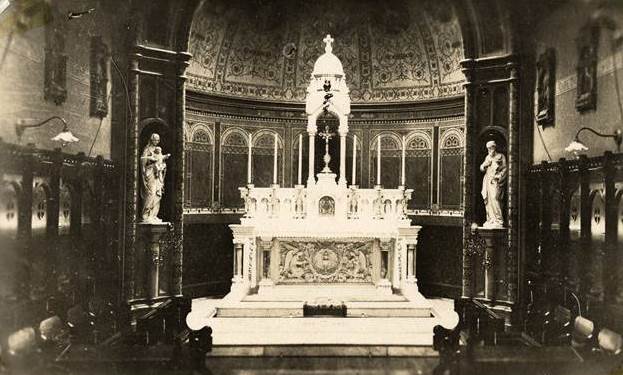
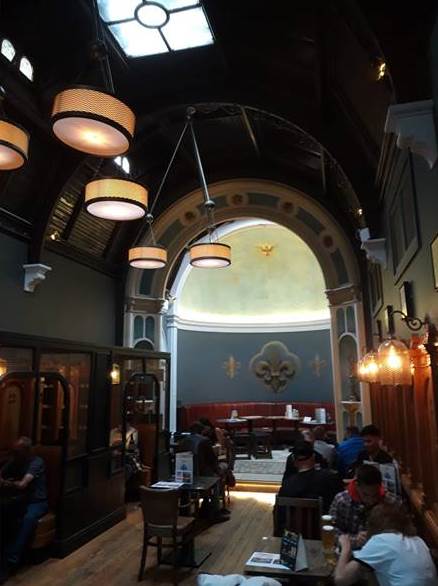
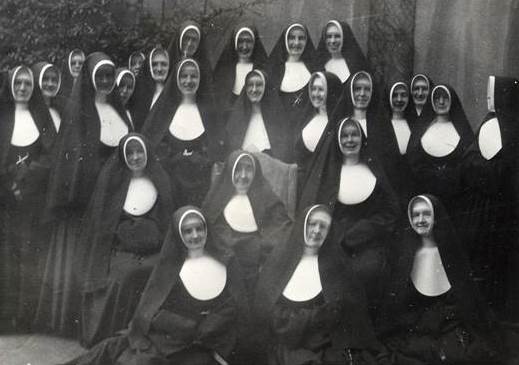
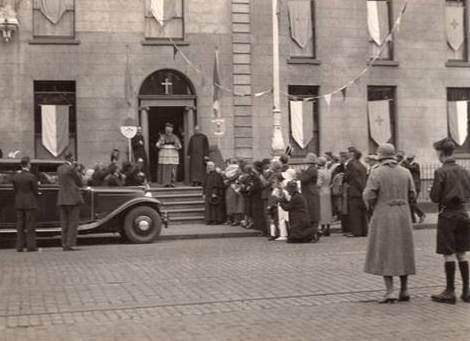
The LSA’s Archives in Dublin
